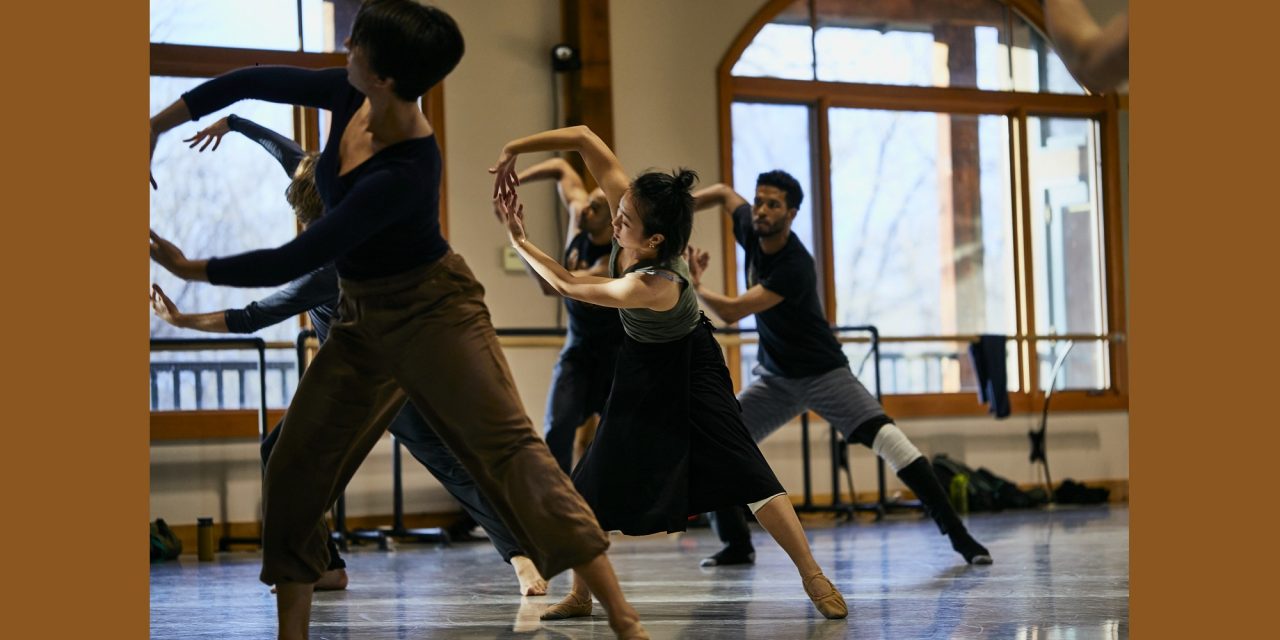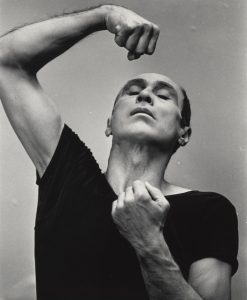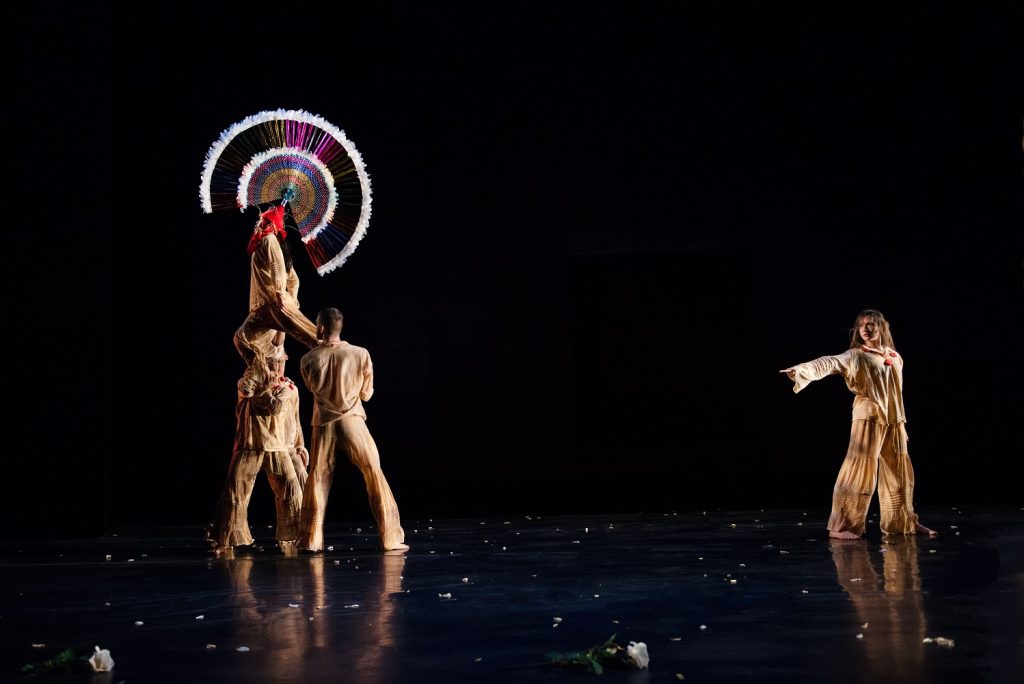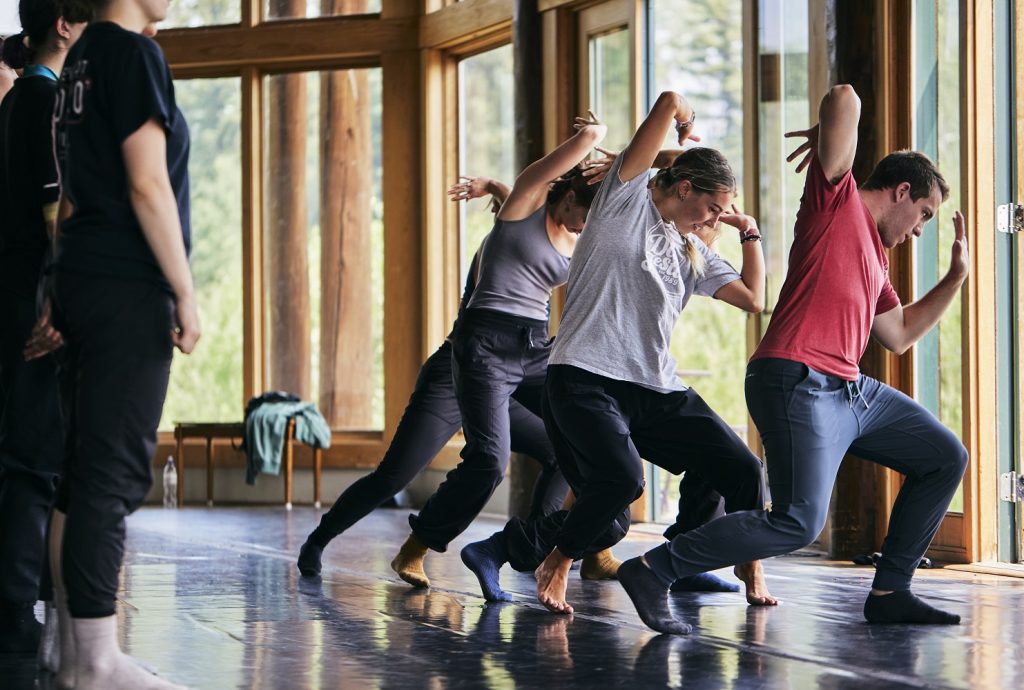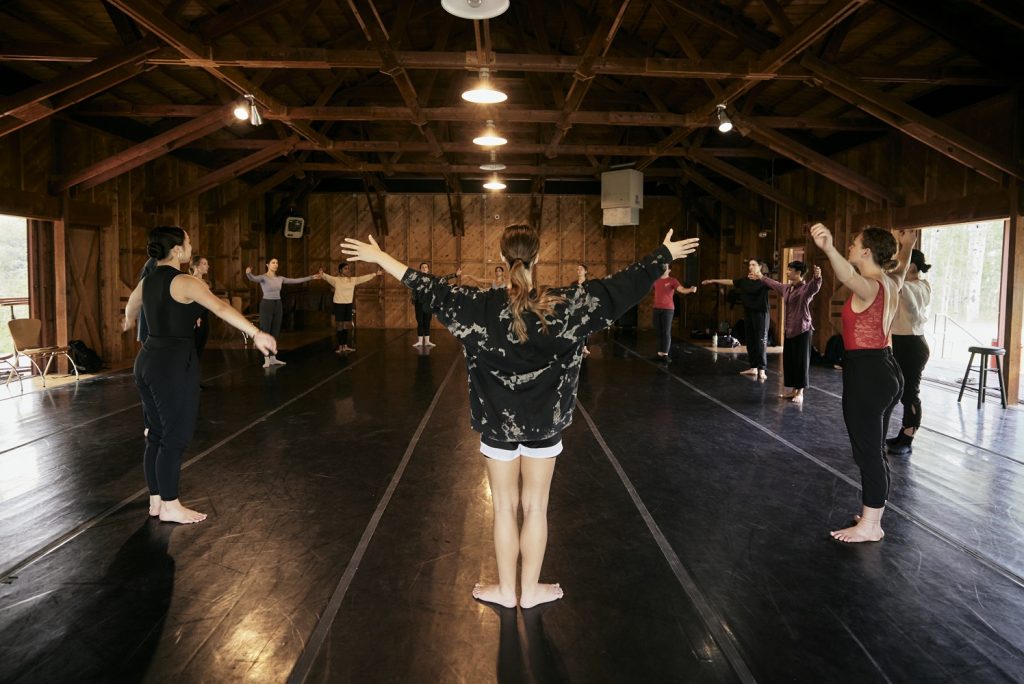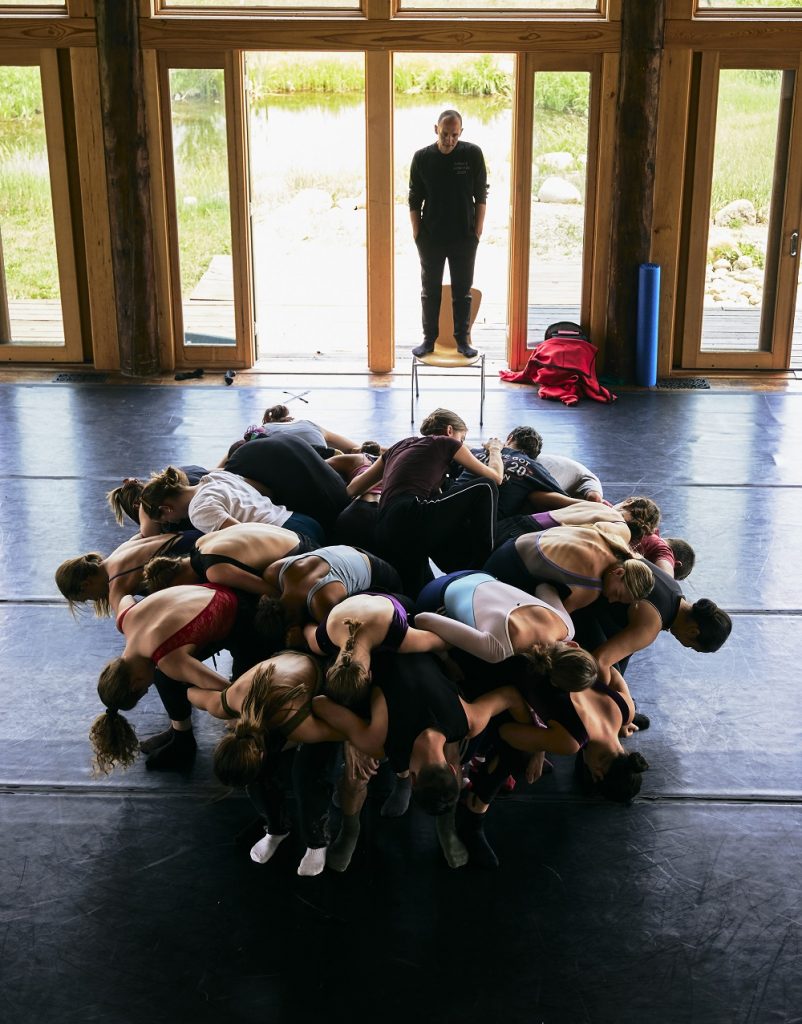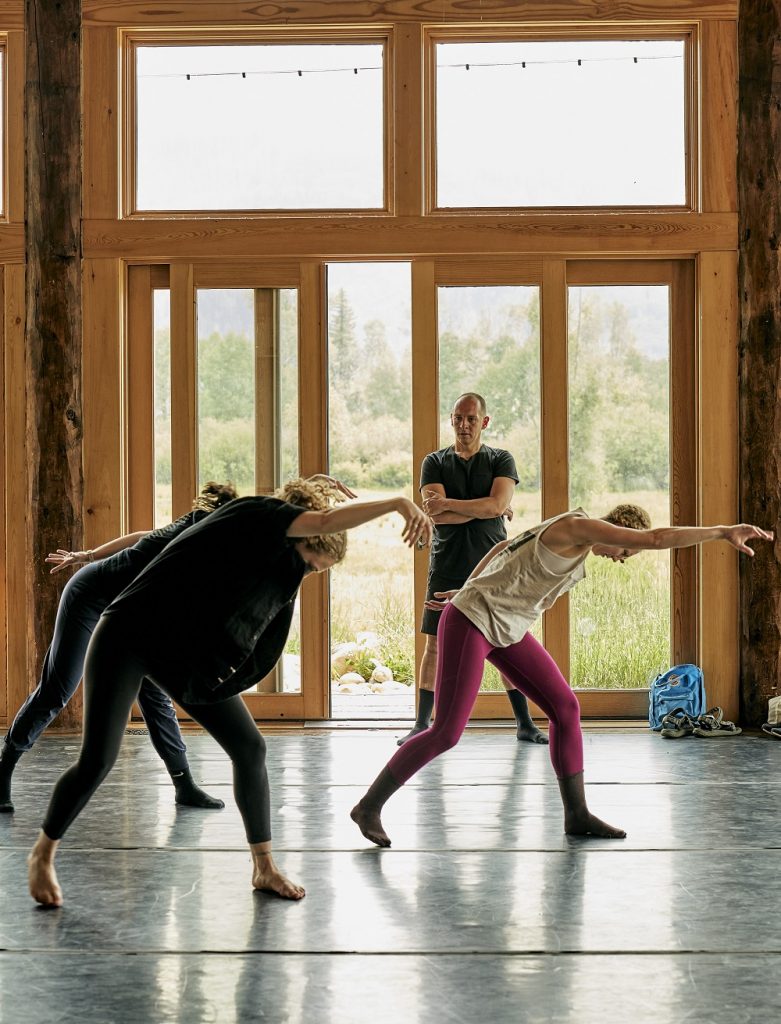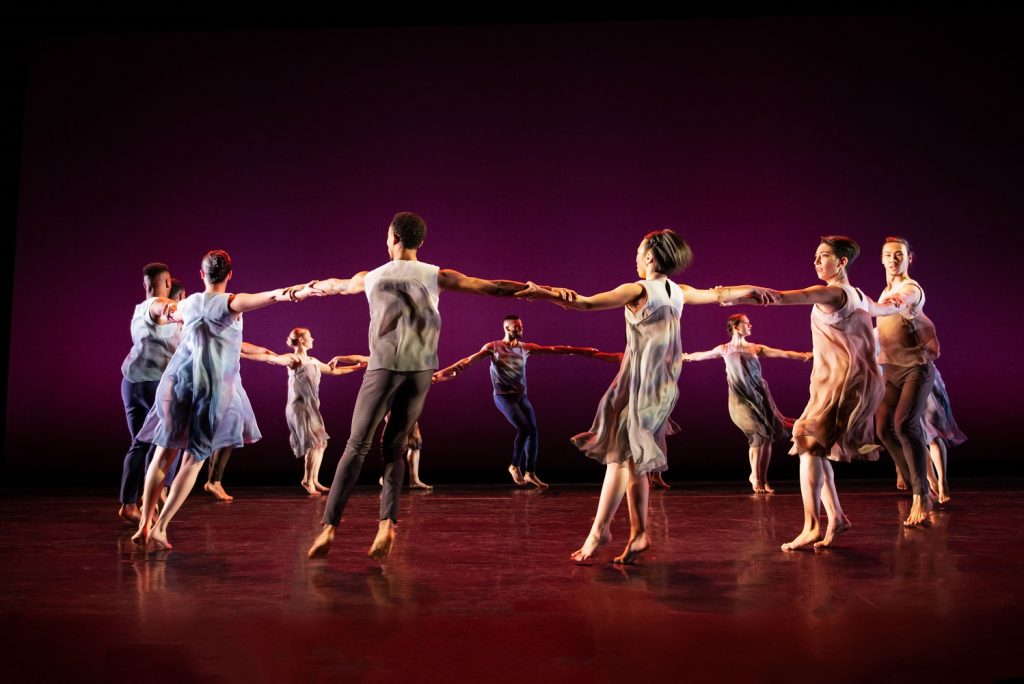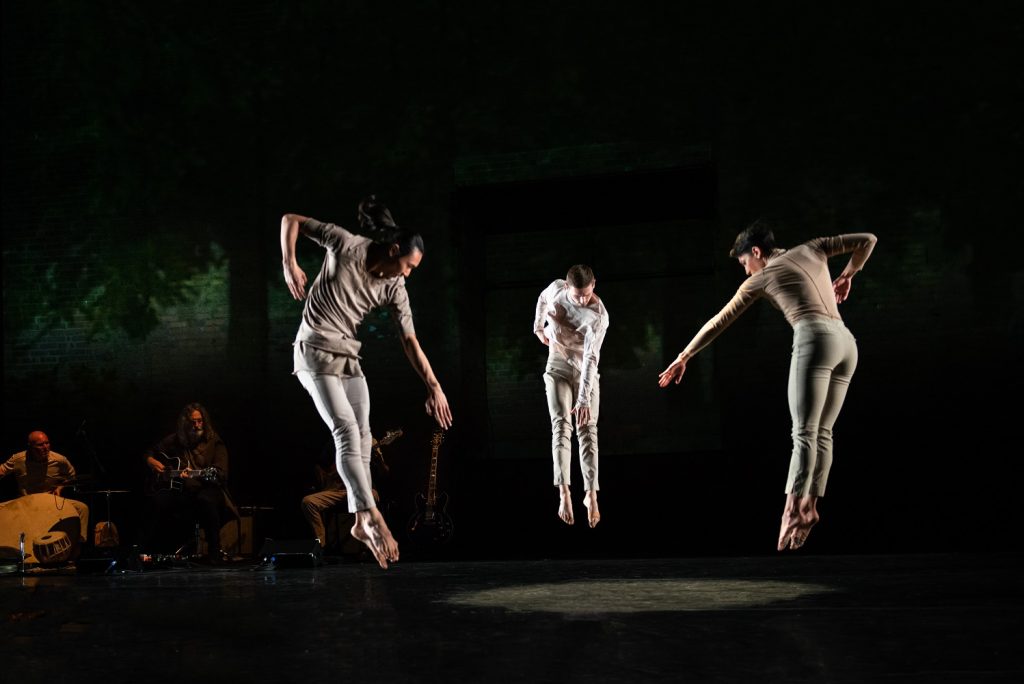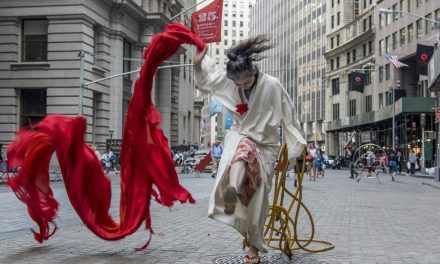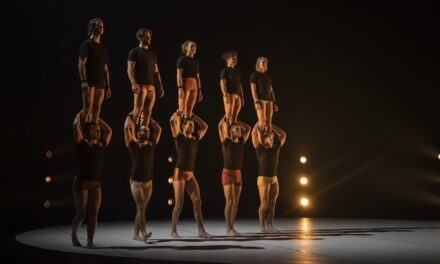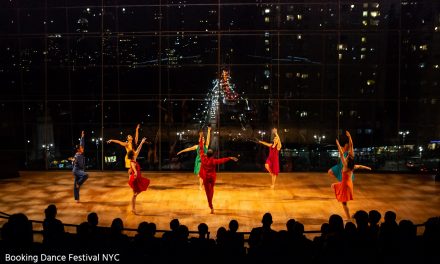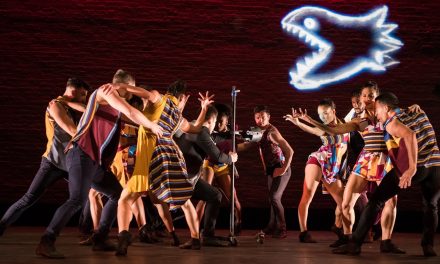Modern dance pioneers José Limón (1908-1972) and Doris Humphrey (1895-1958) founded the Limón Dance Company in 1946 and developed it into what is now considered one of the greatest modern dance companies in the world. In the hope of his work being properly preserved and carried forward, in 1968 Limón created the José Limón Foundation, an organization that continues through today. In addition, there is the José Limón Institute, an educational and archival resource organization that was first headed by lead company member Daniel Lewis.
The school is now in its 37th year and in 2003 the Institute was accredited by the National Association of Schools of Dance (NASD) and has expanded to include a year-round pre-professional Training Program, directed by Kathryn Alter. The Training Program incorporates the LimónPro and the LimónLaunch Programs and dancers who complete both programs are eligible to obtain the NASD recognized Limón Institute Certificate of Completion.
To learn more about this extraordinary Training Program, the foundations Marketing Manager Melanie Conlon arranged an interview with Artistic Director Dante Puleio and Director of the Limón Institute, Lena Lauer. Under the leadership of then Artistic Director Colin Conner, the Training Program was reorganized from being a nine month program to three months in the fall and three months in the Spring. The program is geared toward the dancers who know that they want a professional career in dance, or as Lauer said, “That dancer who is really hungry for it, really talented and who understands that the Limón involves their artistry – it’s not just their technique.”
Each program requires that the participants be at the school Monday through Friday. Their evenings and weekends are primarily free for them to take classes elsewhere, attend rehearsals or to work at their part-time jobs.
This year the LimónPro runs September 12 – December 9, 2022. It involves an in depth study of the Limón Technique: exploring the principles: via Limón Repertory, Additional Technique Class: Ballet 1/week, Limón Repertory: Solo / Chamber pieces, Contemporary Repertory: comes from a recent LDC Contemporary Commission, Resume Workshop (after studio hours), Limón Dance Company Private Q & A (after studio hours), and Studio Share.
LimónLaunch is scheduled for February 6 – May 5, 2023 and involves: Limón Technique Explore the Principles: via Improvisation, somatic explorations, or other art forms; Additional Technique Class: Improvisation / Composition; Limón Repertory: Larger ensemble pieces; Contemporary Repertory: New work premiering on the trainees; Reel workshop (after studio hours); Company observation / Open Rehearsal / BTS (after studio hours); and a Main Stage Show.
LimónLaunch & LimónPro are meant for a dancer to deepen and enrich their creative practice and be ready to work with any 21st century choreographer. I asked Lauer to explain the difference between LimónPro and LimónLaunch. She explained that while the program was being designed, they investigated how the two would fit together.
“If you were coming in the winter, which is the middle of a typical academic year,” she said. “how can your experience feel like you are starting on the same page or reference point as everyone else? Yet those who join us in the fall are having a deeper experience as well.”
In addition to the 4 or 5 technique classes per week (including a ballet class), during the fall, LimónPro, Kathryn Alter focuses on some elements of the Limón repertory to speak to the Limón principles. These may include chamber or solo sections of a repertory work. Also during the fall, participants learn contemporary works from the company’s current repertory.
During the winter/spring, she focuses on larger ensemble sections of dances. Lauer will introduce other elements such as classes based in improvisation, faculty who teach yoga and Pilates, as well as classes taught by instructors from different art forms such as music, or architecture to help frame the Limón principles through an entirely different context or reference.
During the spring, LimónLaunch, dancers will have a new work created specifically for them. It is the only non-restaged learning experience of the two programs. The spring culminates in a main stage performance.
I inquired as to who comprised the Training program’s faculty. Lauer explained that it was Kathryn Alter who was the most consistent instructor, and that others included Dante Puleio and present and former Limón Dance Company members.
“We have some really strong company members who are really filling out in their teaching,” Lauer said. “Although they are younger, they are invaluable to our dancers. We get a lot of positive feedback from them because they are able to connect, they have a different language, different viewpoint from those who have been teaching for 20 or 30 years.”
Puleio is new to the role of artistic director as is his assistant artistic director, so the conversation as to how to develop teachers within the company is ongoing. “Logan and I both attend their classes and then guide them on their pedagogical journey,” Puleio stated. “They are getting constant feedback in terms of how they are teaching so that they can be as eloquent and precise in how they are delivering this information. We are taking our time so that we can be purposeful in how we build it.” Logan Frances Kruger is the company’s associate Artistic Director.
José Limón never codified his technique but taught his classes using elements and movement from his repertory. Some have said that former company member Betty Jones came the closest to creating a codified version of Limón, but even she, when I asked her during my time at American Dance Festival (1988-1996), denied that she had done so.
“It’s a revolving conversation within the Institute and inside the foundation as a whole as to how we can create something that is not meant to be codified, but within a way that we can codify it,” Puleio said. “Long-term, I think that we are thinking of creating programs that last. Maybe you come and do this for three summers and have an in-depth experience and then we can offer some kind of certificate program for teaching specifically.”
Until recently, non-professional and professional dancers were taking classes together, but last year the program was able to divide the classes into two tracks. “It is less about advanced technique or not,” Lauer said. “It’s really about those reference points. Do we already speak this language together?” She hopes that the two tracks will add up to be between 18 and 22 dancers
It depends, of course, on what prior training these dancers have had. If they come from conservatories or universities that teach Limón, then explaining terms such as weight, are not necessary. “We also have the second company now in the room,” Lauer continued. Indeed the second season of Limón2 and the 76th season of the Limón Dance Company had just begun the day before this interview. “So they are in the room as well. We really try to foster that everybody is in conversation. This is an engaged pedagogy of sorts.”
In reference to the NASD recognized Limón Institute Certificate of Completion, the Limón Institute also encompasses the Dance Training + Arts Management Program (DT+AM) for dancers who have an interest in areas such as Marketing and Public Relations, Fundraising and Development, Archives and Preservation, Tour Management and Booking, Finances, Institute Activities and Special Projects, and Education. Dancers who participate in DT+AM assume rotating internships within the Foundation throughout the year. This requires interns to spend nine months at the Institute, fulfill all the dance requirements of LimónPro and LimónLaunch as well as approximately 15 or 16 hours per week at the Institute rotating between offices. This allows the interns to learn, experience and further understand a solid cross section of running a non-profit dance organization.
Participants have access to the archives which they can use to find material for the research project that is part of the Certificate of Completion requirements. There are often classes in Music for Dance taught by the renowned musician Allen Fogelsanger, a resumé workshop, industry chats with current company members who are entrepreneurially minded, and often Puleio is brought in to teach a mock audition class to help dancers learn how to better take auditions.
“It is fully subsidized,” Lauer explained, “all of their work is what pays their tuition.” She added that it is the work of the interns that supports her running the Training Program. It is invaluable information for dancers who might be interested in pursuing dance related careers after they have finished performing or if they wish to form their own company.
Dancers who have participated in the Limón Training Program have continued on to dance with major companies that include BODYTRAFFIC, Dallas Black Dance Theater, Doug Varone & Dancers, Gibney Company, Kyle Marshall & Co., Limón Dance Company, Mark Morris Dance Group, and many others.
In the same vein, although the tuition appears steep at first glance, one has to consider the amount of information these dancers are getting, the high standard of training, and the fact that each program takes place over a three month period. There are merit scholarships available, so in regard to tuition, each individual has a private conversation with the director. Dancers are responsible for locating their own housing but the Institute has an 8 page PDF that lists places for participants to begin looking at that are along subway train routes that aid them to get to the various studios where classes are being taught.
I asked Puleio if he looked at the dancers in this training program as potential members of the Limón Company. “My dream is to build a pipeline from the Institute into the second company into the company,” he said. “The Limón technique has such nuance and requires such maturity inside of the work that I find that if people had an opportunity to study it in college that it is easier for them to assimilate into the company.” If dancers have not had prior exposure to Limón technique but are interested in it, then this training program will help them grow into the work and perhaps earn entrance into the company. “The Institute really provides that bedrock for us,” he added.
Currently the Limón Company consists of 13 dancers, with hope of expanding that to 16. It has a very vigorous touring schedule ahead and Puleio said that between January and May of 2023, the company will be home in New York for only two weeks. “I had been really diving into Jose’s heritage and pulling from that in terms of inspiration for how to look at his work and who we are commissioning,” Puleio said. “Now, I’m shifting – my next season plan is to look at the female influence on Jose. I’m looking at Doris Humphrey, at Isadora Duncan, and his wife Pauline (Lawrence). For commissioned works, I’m looking for choreographers who can speak to the female influence,” he continued. “Acclaimed and emerging choreographers that can look at the work, comment on the work. Look at Doris Humphrey’s work and comment on that work. I’m finding different points of inspiration from inside our repertory or even some of our lost works. And then reimagining some of that for our contemporary audience, the contemporary artist.”
With this, Puleio hopes to continue the legacy and lineage that began with Isadora Duncan and then over time traveled through the bodies and minds of all the modern dance pioneers that inspired Limón, and from there, into the next generation of dance artists. “How we can keep that tie from the past into the future,” Puleio said. “So it is a very curated program. It gives these dancers the opportunity to look at this work through different viewpoints.” He went on to say that it is the Institute that helps develop these opportunities and pathways for those who attend. “Everybody has a different river to get into the story,” he added. “I’m trying to build as many inroads into this work as possible, so that our audiences, our artists, our students can access the work and get as much from it as I know I have, and my company has, so that I can create as many tributaries as possible to the main source.”
The application process for getting into the Limón Training Program includes learning a few movement phrases off of a video that the director, Kathryn Alter, created. “It is really beautiful. It begins with Alter saying, ‘All I want to see is you!’, Lauer said. “Dancers can then upload a link to their dancing which Kathryn reviews.” The Institute also asks that each applicant submit a letter of recommendation and a resumé and within just a few days, they learn whether or not they have been accepted.
For more information on LimónPro (September 12 – December 9, 2022), LimónLaunch (February 6 – May 5, 2023), and the Certificate Program (September 12, 2022 – May 5, 2023), Eligibility, Tuition + Registration & Processing Fee, and how to apply, please click HERE.
Interested dancers must e-mail their intention to apply to: info@limon.nyc to receive further details.
To learn more about the Limón Dance Company, Please visit their website.
###################################################
Dante Puleio, Artistic Director
A widely respected former member of the Limón Dance Company for more than a decade, Puleio is the sixth Artistic Director in the Company’s 75-year history, a position that originated with Doris Humphrey. After a diverse performing career with the Limón Dance Company, touring national and international musical theatre productions, television and film, he received his MFA from University of California, Irvine. His research focuses on contextualizing mid-20th century dance for the contemporary artist and audience. He is committed to implementing that research by celebrating José Limón’s historical legacy and reimagining his intention and vision to reflect the rapidly shifting 21st century landscape.
Lena Lauer, Director of the Limón Institute
Lena Lauer joined the Limón Foundation in 2018 as the Director of Education Programs. She was recently appointed the Director of the Limón Institute, overseeing Dance Education & Training Programs, licensing Limón master works and the Limón Archives.
As a dance and teaching artist, Lauer has created and performed work from the Sonoran Desert of the Southwest to the Andes Mountains of South America. She has taught at universities, inner-city schools, private studios, for adults, youth, the aging, pre-professional dancers, dance enthusiasts and for dancers with disabilities. She holds teaching positions at the Alvin Ailey American Dance Theater Professional Division, the Mark Morris Dance Center and the Joffrey Ballet School in NYC.
Her efforts to sustain accessible programming throughout the pandemic have included free daily classes on Instagram Live, safely-distanced in-person classes for the community at Bryant Park, and Limón4Kids classes via Zoom. This challenging time has also presented the opportunity to start the first phase of building the Foundation’s first Second Company, named Limón2, allowing the most talented trainees to launch their career as second company members.
Lena has been the recipient of various artist and education grants, including The Knight Foundation (FL), Very Special Arts (OH) and the Tucson-Pima Arts Council (AZ). Recent dance service includes an interview in the January 2022 issue of Dance Magazine, sitting for a panel discussion surrounding the reopening of post-pandemic arts spaces, and guest lecturing via Zoom to master’s candidates and undergraduates about the dance industry for various universities. Lena also co-directs a dance company, The Lovelies, curates for the Figment Festival, humbly sits on the White Wave Contemporary Dance Company’s dance festival panels and serves as its Secretary on the Board of Directors.
Kathryn Alter, Program Director
Kathryn Alter attended Interlochen Arts Academy and Purchase College, and obtained her MFA from Hunter College, receiving the Chairman’s Award for artistic excellence in 2020. After fifteen years as a member of the Limón Dance Company, Kathryn was named Associate Program Director for the Limón Pro/Launch in 2018. She teaches the Limón Company and trainees of the Limón Institute, reconstructs the works of José Limón, leads workshops nationally and internationally, and was part of the implementation of Limón4Kids in Mexico City as a part of Saludarte. Kathryn’s choreographic work has been shown across the United States and abroad. Her most recent choreographic commissions were created in Fairbanks, Alaska for Northstar Ballet, Arizona for Instinct Dance Corps, and in Réunion Island at the Conservatoire A Rayonnement Regional. Around NYC, Kathryn’s work has been presented at the Dimenna Center, Dance at Socrates in Queens, Spring Movement and PSOH at Center for Performance Research in Brooklyn, the American Dance Guild Festival, and at LaGuardia Performing Arts Center. She was a 2014 recipient of a CUNY Dance Initiative residency, and a 2018 Dance at Socrates Artist. She was also a founding member of Riedel Dance Theater and danced with Alan Danielson and Kazuko Hirabayashi. During the pandemic she has been exploring the possibilities of the integration of dance and film and the creation of virtual installations (https://www.kathrynalter.com/be-coming).
Written by Jeff Slayton for LA Dance Chronicle.
Featured image: Limón Training Program – Photo by Kelly Puleio

